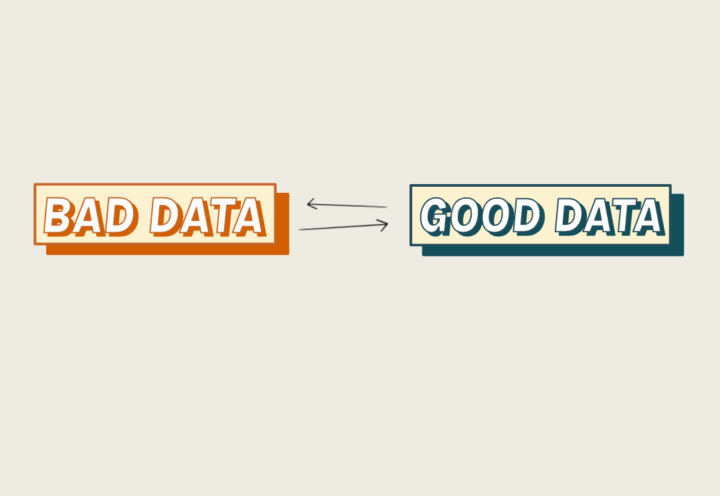Most fast growth, DTC brands no longer subscribe to the outdated formula of 2 set seasonal launches a year. Sure, this doesn’t mean these brands are not doing SS and AW collections too, but the successful ones sprinkle these alongside dozens of others capsules and drops.
Today’s most progressive and high growth brands share one thing between them all; they’re always one step ahead of the rest. Rather than following the mainstream and sticking to the status quo, their focus is on experimenting with alternative ways to connect with their customers and obsessing over new ways they can surprise and delight them.
So it’s about dropping seasons? (get it?)
The future of the fashion industry needs to be seasonless. Customers are global, it’s always summer somewhere for some of your customers. The weather is more erratic, people buy bikinis all year round.
What’s a drop?
According to Shopify the definition of a drop:
Low-ish supply + high demand x hype = major sales.
It’s also not niche behaviour. As Shopify says in their article — they’re now home to “more than 100,000 businesses who sell this way — marketing a limited run product for a low price during a short window of time.” Basically, it’s big business. Drops can achieve things that are unthinkable in conventional retail, “large brands can easily see over 100,000 checkouts during a product drop”.
Oh, and there’s an added bonus too of these smaller, limited and regular drops — they’re also inherently more sustainable than the old ways. Pre-sales, waiting lists and producing the right amount reduces the amount of waste and reliance on heavy post end of season discounting that cheapens the value of products. The current calendar — one still heavily dictated by seasons — penalises ranges that are ‘out of season’ — discounting heavily, for extended periods.
How are drops different from seasons though?
Drops (or capsules) are more regular, you can see the latest weekly or monthly drops of brands scattered over their insta feeds or in the regularly updated “New In” tab on most e-comm sites. The whole experience of a drop is different. Drops allow brands to control demand, control when and how much. They’re all about anticipation in the lead up to a launch, FOMO, the unexpected, and the thrill of the moment.
Drops allow brands to control demand, control when and how much.

Drops are not just synonymous with major collabs, or limited editions runs every time. The term ‘drop’ is now widely used to release regular ‘core’ lines of basics. There’s not really a set formula — not every drop is the same. Some may be collaborations or the launch of a bridal, kidswear, or an accessories line. Drops are not just synonymous with major collabs, or limited editions runs every time. The term ‘drop’ is now widely used when releasing regular ‘core’ lines of basics.
But launching successful drops on the regs is hard work.
Drops are hard work.
They take a lot more skill, energy, full team alignment, and detailed planning than the traditional seasonal calendar demands. Not because the launch itself is more or less work, but because there’s just so MANY of them in a year now.
So much work and orchestration go on behind the scenes to make a drop successful; everything must fall seamlessly into place for it to work. Perfect photoshoot samples, on-time photoshoot (Covid safe, of course..), on-time delivery, 100% product quality, successful launch dinners, drip campaign and influencer roll out.
But it’s worth it – because if you pull them off, boy, do they pay off!
But — the success of a drop hinges on the success of the Production run.
The success of it really all depends on one thing going to plan.
Production.
If production doesn’t go to plan — such as team misalignment, change in dates, sourcing issues, quality problems, fit issues, production delays — then the drop becomes a flop…no one wants that do they?



